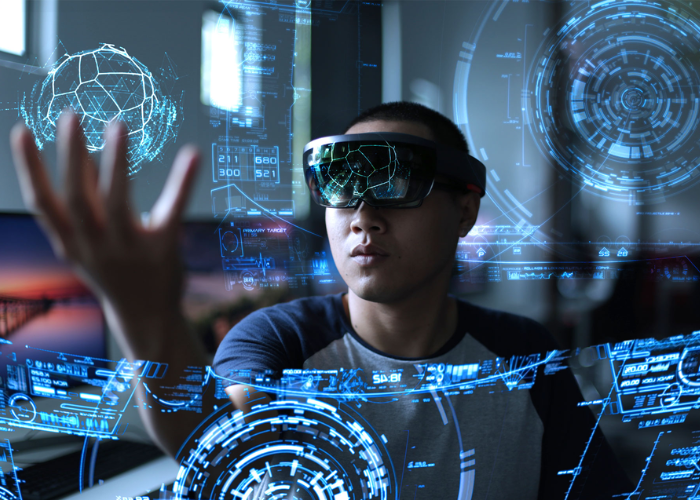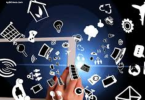Digital twins are a fascinating concept that deserves a thorough exploration. These virtual replicas of physical objects or systems have the potential to revolutionize various industries. By leveraging advanced technologies such as IoT, AI, and data analytics, digital twins provide a detailed and dynamic representation of their real-world counterparts. One of the key advantages of digital twins is their ability to enhance predictive maintenance.
By continuously monitoring and analyzing real-time data from the physical object or system, potential issues and failures can be detected and addressed proactively. This not only reduces downtime and maintenance costs but also improves overall operational efficiency. Furthermore, digital twins enable better product design and development. By simulating the behavior and performance of a product in a virtual environment, engineers and designers can identify potential flaws, optimize designs, and make informed decisions before physical prototypes are created. This not only accelerates the innovation process but also minimizes the risk of costly design iterations. In addition to their impact on maintenance and design, digital twins also play a crucial role in optimizing the performance of complex systems. For instance, in smart cities, digital twins can integrate data from various sources to model and simulate urban environments. This enables city planners to evaluate the impact of different scenarios, optimize resource allocation, and improve overall sustainability.
However, it is important to note that digital twins are not without challenges. The creation and management of digital twins require significant investments in infrastructure, data acquisition, and analytics capabilities. Additionally, ensuring data privacy and security is paramount, as digital twins rely on sensitive and often proprietary information. In conclusion, digital twins have the potential to revolutionize industries by providing a detailed and dynamic representation of physical objects or systems. From predictive maintenance to product design and system optimization, the benefits are vast. However, addressing challenges related to infrastructure, data privacy, and security is crucial for the widespread adoption of digital twins. As technology continues to advance, we can expect even greater opportunities and applications for this exciting concept.
Digital twins also have a wide range of potential applications, from medical devices to smart factories and autonomous vehicles. By constructing digital replicas of complicated systems or products, engineers can better understand how the physical elements interact with each other and produce desired outcomes. This enables them to develop more efficient and reliable products or systems that are tailored specifically to the needs of users. Moreover, digital twins can be used to create virtual simulations of entire ecosystems or environments. This allows us to test and evaluate different scenarios without actually altering the physical landscape. For example, engineers can simulate the impact of new designs or changes in traffic patterns before making any actual modifications. With digital twins, businesses can save time and money while also reducing their environmental footprint.
Importance for healthcare
This technology also has significant implications for the future of healthcare. By creating digital replicas of individual patients, medical professionals can gain a better understanding of each person’s unique physiology and disease progression. This allows them to personalize treatments, monitor patient health over time, and identify potential issues before they become life-threatening. Healthcare system is definitely a must for everyone hired at the highest level. YouTube, Microsoft and other brands have already implemented this type of approach.
Furthermore, digital twins can be used to simulate the effects of different treatments, enabling medical professionals to make better decisions and improve outcomes. Finally, digital twins can be used in the development and testing of new drugs and therapies. By simulating real-world clinical scenarios in a virtual environment, researchers can evaluate the safety and efficacy of potential treatments faster and more accurately than ever before.








Leave a Comment